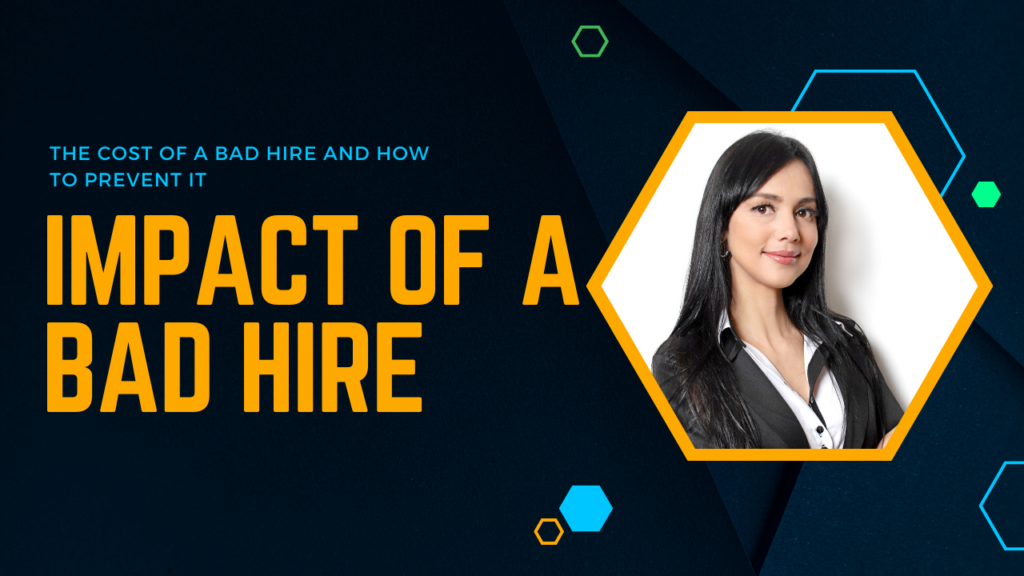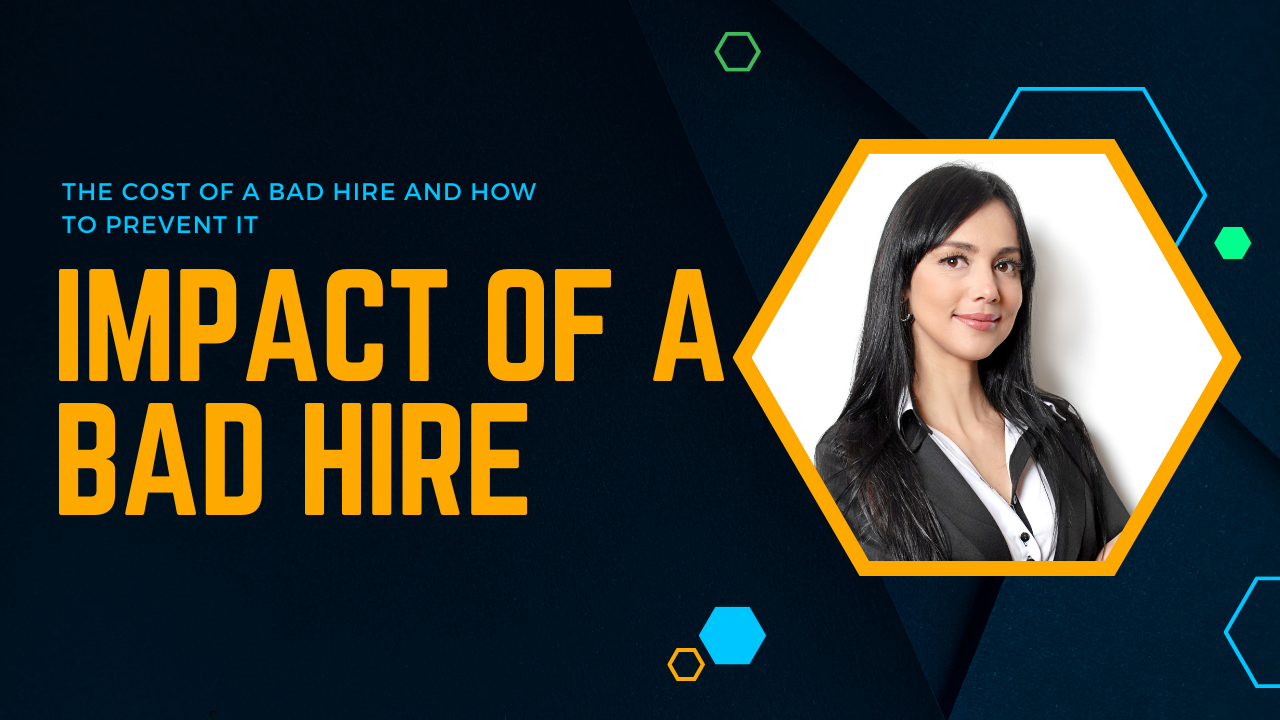Making a bad hire can be a costly mistake that impacts not only your company’s bottom line but also its overall productivity and morale. The consequences of a wrong hiring decision lead to waste of resources, decrease efficiency, and damage to your reputation. However, by understanding the true cost of a bad hire and implementing effective preventive measures, you can safeguard your business from the bad effects and ensure a successful recruitment process. In this article, we will explore the various facts of the cost of a bad hire and provide valuable insights on how to prevent it, equipping you with the knowledge to make smarter hiring decisions and build a high-performing team.

What is a Bad Hire?
A bad hire refers to an employee who, despite going through the recruitment and selection process, does not meet the expectations and requirements of the position or fit into the company culture. This could be due to various reasons, such as a lack of skills, poor job performance, inability to work effectively in a team, or a mismatch between their values and those of the organization. A bad hire not only fails to contribute positively to the company but may also have a negative impact on team dynamics, customer satisfaction, and overall productivity. Identifying and addressing bad hires promptly is crucial to minimize the detrimental effects on the organization and maintain a healthy and thriving work environment.
Financial Impact of a Bad Hire
The financial impact of a bad hire can be significant and far-reaching. It encompasses both direct and indirect costs that can drain resources and hinder the growth of a company. Direct costs include expenses incurred during the hiring process, such as advertising job openings, conducting interviews, and background checks. If a bad hire needs to be terminated, additional costs arise from severance pay or legal fees.
Indirect costs, however, often have a more substantial impact. A bad hire can lead to decreased productivity, as they may struggle to perform their job duties effectively or require extensive training and supervision. This can result in missed deadlines, errors, and rework, causing delays and inefficiencies within the team or department.
Moreover, a bad hire can negatively impact employee morale and team dynamics. Other team members may have to compensate for the underperforming employee’s shortcomings, leading to increased stress, decreased job satisfaction, and potential burnout. This, in turn, can contribute to higher turnover rates, as talented employees may choose to leave the company due to a toxic or unproductive work environment.
Additionally, the damage to the company’s reputation should not be underestimated. A bad hire who interacts with clients or customers can result in poor customer experiences, leading to lost business and potential damage to the company’s brand image.
Overall, the financial impact of a bad hire extends beyond the initial recruitment and training costs, encompassing decreased productivity, decreased employee morale, increased turnover, and potential damage to the company’s reputation. Taking steps to prevent bad hires and ensuring a thorough and effective hiring process can significantly mitigate these financial risks and contribute to the long-term success of the organization.
Solution: Comprehensive Background Checks
One effective solution for preventing bad hires is implementing comprehensive background checks. By conducting thorough background checks on potential candidates, employers can gain valuable insights into their employment history, qualifications, and references. This process involves verifying educational credentials, and employment records, and conducting reference checks to ensure the accuracy and truthfulness of the information provided by the candidate.
Background checks allow employers to validate the candidate’s skills, experience, and suitability for the position. By confirming their work history and evaluating their performance in previous roles, employers can make more informed hiring decisions and mitigate the risk of hiring individuals with a track record of underperformance or misconduct.
Background checks also help uncover any red flags, such as a criminal record, that could pose a risk to the company or its employees. This helps ensure a safe and secure work environment while protecting the company’s reputation.
Implementing comprehensive background checks as part of the hiring process not only reduces the likelihood of making a bad hire but also instills confidence in the decision-making process. It provides an added layer of protection for the company and promotes a culture of trust and integrity.
Partnering with professional background screening services or utilizing reliable online platforms can simplify the process and ensure compliance with legal and regulatory requirements. By prioritizing comprehensive background checks, employers can significantly mitigate the risks associated with bad hires, ultimately saving time, and resources, and maintaining a high-performing and harmonious workforce.
Conclusion
In conclusion, preventing bad hires is essential for the success and stability of any organization. The financial and operational costs associated with hiring the wrong candidate can be significant. However, by implementing effective strategies, such as conducting thorough background checks, companies can mitigate the risks and improve their hiring outcomes. Comprehensive background checks provide valuable insights into a candidate’s qualifications, employment history, and references, helping employers make informed decisions. Additionally, utilizing other preventive measures such as skill assessments, behavioral interviews, and reference checks can further enhance the selection process. By investing time and resources in thorough evaluations and considering cultural fit, organizations can significantly reduce the likelihood of making bad hires. Ultimately, prioritizing preventive measures in the hiring process can save companies valuable time, resources, and reputation, while fostering a productive and harmonious work environment with the right talent in place.

